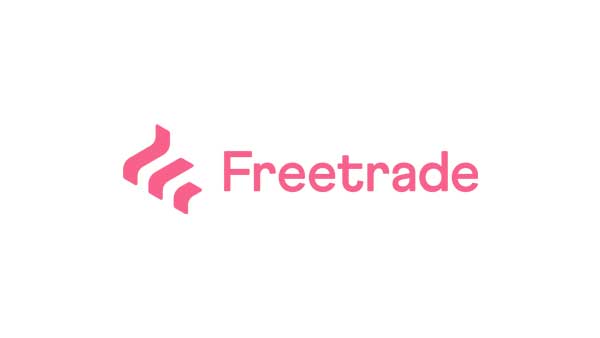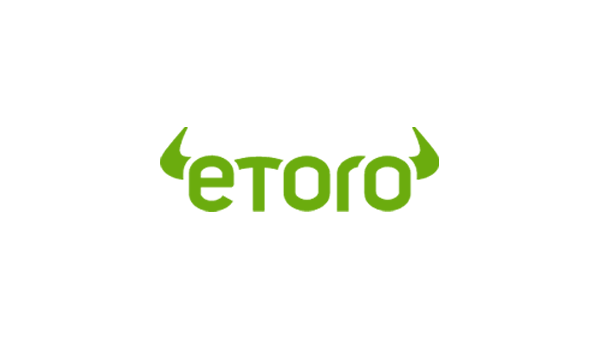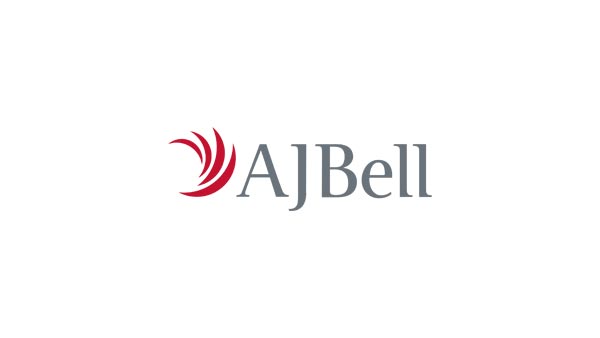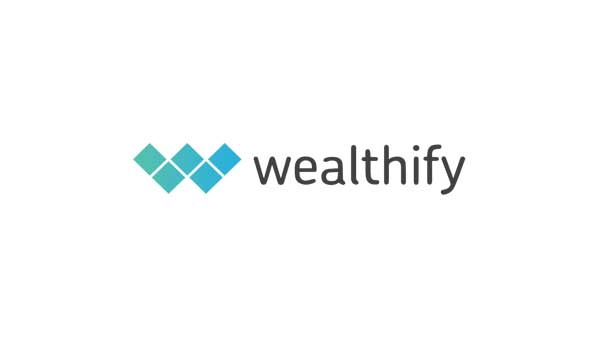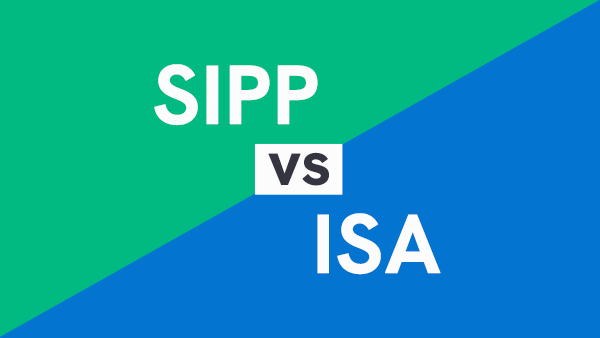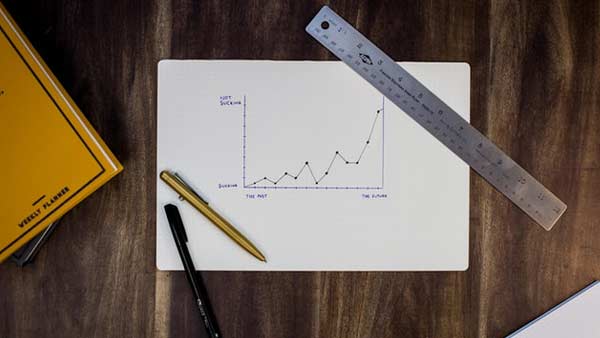Main Points:
- Investors should use their ISA allowance as priority for the tax benefits
- General investment accounts have no tax benefits, but are very flexible
- The best option is to use both types of account if you can
The two most common accounts you will find when first setting up an account on an investment platform are a General Investment Account and a stocks and shares ISA. But in a head to head of a general investment account vs stocks and shares ISA, which is right for you? And what are the situations where you should use one or the other, or even both?
Table of Contents
What is a General Investment Account?
A general investment account (GIA) is a standard account to hold investments and assets in, that has no special tax status. Therefore, the account holder is liable for tax on any interest, dividends or gains made when selling assets within the account.
Unlike special tax wrappers for investment like ISAs, there is no limit on the amount you can put into a GIA. It is also possible to have as many GIA accounts as you like.
GIA accounts allow investors to buy many different assets, but usually it will be stocks/shares, funds and bonds. A GIA is very flexible, with no limit on the amount you put in or take out.
All investment platforms will offer a GIA alongside other tax efficient products such as ISAs or SIPPS.
Tax on General Investment Accounts
There is no tax relief on investments held within a GIA, so investors will be liable to pay tax on any gains. However, all UK residents get certain tax free allowances. The tax on investments within a GIA will generally fall into 3 categories:
Income tax on dividends:
For any dividend income from shares or funds held in a GIA, the account holder will be liable for income tax. Every individual gets a tax free allowance of £1000 per year. Above that amount, the income tax rates for dividend income are:
- Basic Rate taxpayer – 8.75%
- Higher rate taxpayer – 33.75%
- Additional rate taxpayer – 39.35%
Income tax on interest:
For assets within your GIA that pay interest, you will need to pay income tax on that interest. For the tax year 2023/2024, basic rate taxpayers have a tax free allowance of £1000. Higher rate tax payers have an allowance of £500. Additional rate tax payers do not have an allowance.
Capital gains tax:
When you sell any assets within your GIA (for example shares or funds), and you gain on these assets, you may be liable for capital gains tax. If the gains are above your capital gains allowance, then the tax rates would be:
- Basic Rate taxpayer – 10%
- Higher rate taxpayer – 20%
- Additional rate taxpayer – 20%
If an asset you hold in your GIA appreciates in value, for example if you hold a share in a company and the share prices rises, you do not pay any tax on this gain. You only become liable for tax when the asset is sold.
What is an ISA?
An Individual Savings Account, or ISA, is a type of savings or investment account that enables UK residents to save or invest tax efficiently.
First introduced in 1999, the government intended ISAs to be a way to encourage people to save and invest. Each year every individual gets an allowance that can be used in one or more ISA accounts.
Tax-efficient ‘wrappers’
A tax efficient ‘wrapper’ is a financial construct that ‘wraps’ around your saving or investment capital, protecting it from being liable for tax on any interest or other gains on the investments that are accrued. An ISA is one form of tax efficient wrapper, as is a Self Invested Personal Pension (SIPP)
ISA Allowance
Each year the UK government sets an ISA allowance, which is the maximum amount any individual can pay into an ISA or ISAs. For 2023/2024, this allowance is £20,000. This means that you can pay up to £20,000 into your ISAs during the tax year, and any return on the funds deposited, either as interest from savings in a cash ISA or dividends or other returns in investments within a stocks and shares ISA, will not incur tax. Over time, these tax free allowances can really add up.
What is a Stocks & Shares ISA?
The two most common forms of ISAs are a cash ISA, which is similar to a savings account, and a stocks and shares ISA.
The stocks and shares ISA is an investment ISA, where you can put your annual ISA allowance into stocks, shares, bonds and funds. It is common to use and ISA to invest in Exchange Traded Funds – ETFs – which are several assets bundled together.
It is not possible to have more than one stocks and shares ISA in one year. However, you can have both a cash ISA and a stocks and shares ISA at the same time. The annual ISA allowance is across all of your ISAs, not per ISA, so you cannot exceed the total ISA allowance in any year across all of your ISAs.
General Investment Account vs Stocks and Shares ISA
As the first option, it will always make sense to use a stocks and shares ISA. Why? Because up to the annual allowance, you do not pay any tax on your gains. The ISA allowance for 2023/2024 is £20,000. The may however, be various situations where you would want to use a GIA in addition to your ISA.
You want to invest more
If you are in the fortunate position of being able to invest more than the £20,000 ISA allowance within a single tax year, then you can use a general investment account, which has no limitations on the amount you put in.
You want to try a different investment style
If you have a stocks and shares ISA that has a particular style of investing, and you want to try something else, then a GIA will allow you to do that. For example, is you had a passive, managed ISA, such as with a robo advisor, but you wanted to try some trading via an active platform, then you would not be able to open another ISA to do this, as you can only open one of each type of ISA per year. However, a GIA is perfect in this situation.
Investment Platforms
Every investment platform will offer a general investment account and a stocks and shares ISA. There are many different investment platforms available and they all have their strengths and weaknesses. The most important thing to decide is whether you want to actively invest, which means you decide on the strategy and make the trades yourself, or passively invest, which means the platform creates the investment strategy for you.
Active Platforms
Passive Platforms
GIA vs ISA – Fees
In general, the fees for a GIA or stocks and shares ISA would be the same. Investment platforms will charge a platform fee, and each fund you invest in will have a fund fee. These fees combined are usually around 1% and are calculated annually based on the total amount you have invested.
If you are managing your investments yourself i.e. making the trades on a platform such as Hargreaves Lansdown or AJ Bell, you will be charged a fee per trade, which is usually between £5 and £10.
General Investment Account vs ISA – FAQ
Is GIA or ISA better?
It is not really a question of one or the other being better. Each type of account has its own pros and cons and uses, and often it makes sense to use both. It does make sense to use an ISA as priority however, due to the tax free status of the gains within your ISA allowance.
Can I have a GIA and an ISA?
Yes, you can have a GIA and an ISA at the same time. There are many situations where this can be beneficial, as ISAs have restrictions in terms of the amount you can put into them each year, and you cannot open more than one stocks and shares ISA in any tax year. So, if you wish to invest more than the ISA allowance, or to try a different investment strategy or platform to diversify your investments, then a GIA is the perfect option.
Are stocks and shares ISAs safe?
Any investment is risky. When you invest you must always be aware that your capital is at risk, and that the value of your investment can go down as well as up. It is even possible, however unlikely, that you could lose all of your investment. It is possible to mitigate risk in certain ways, primarily via diversification and investing over a longer term. All good investment platforms in the UK are regulated by the FCA. This means that they have to adhere to certain rules. Firstly, they have to keep investors capital separate from their company money. Secondly, customer deposits are protected up to £85,000 in case of a company’s insolvency.
Articles on the wiseabout.money website may contain affiliate links. If you click these links, we may receive compensation. This has no impact on our editorial and any money earned helps us to continue to provide the useful information on our site. This article is for general information purposes only and does not constitute financial advice. If you have any questions about your personal circumstances please seek professional and independent advice.


